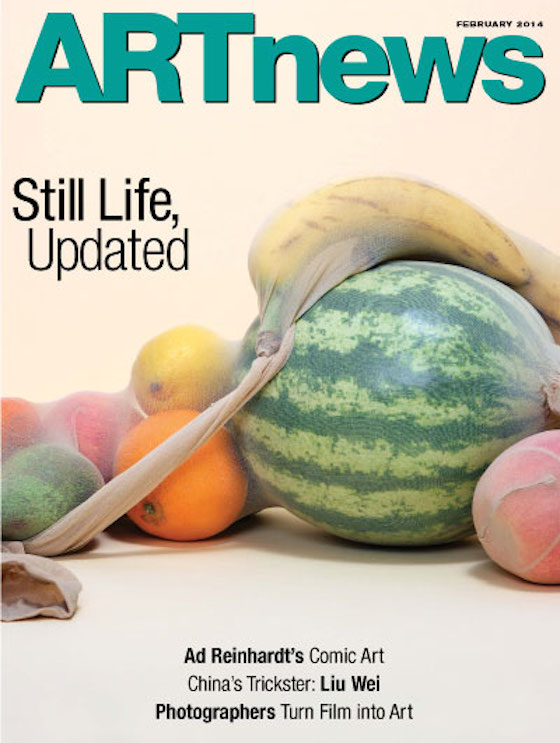
Still lives are a staple of art education, but, boy, can they get boring in a hurry. Have you been using the same silk flowers and plastic fruit for the last ten years? Are you looking for a new way to introduce still life to students? The February issue of ARTnews inspired this list of ways to take these traditions from still life to STILL ALIVE!
1. Create a Time Lapse Series: Using a digital camera or iPad, have students take photographs of something that changes over time. It could be your school playground, the whiteboard in the classroom, or even a piece of their own art in progress. Still life doesn’t mean unchanging! Display the images in a series.
2. Wrap It Up: Although not a new idea, it is one that can be constantly reinvented. Wrap your traditional still life objects in any number of things like pantyhose, cellophane, foil or patterned wrapping paper. This fun technique helps students really narrow in on using line to capture the specific shapes of different objects.
3. Go Monochromatic: This limitation helps students focus on value. You could create a still life in the color scheme of your choice, or, better yet, have students gather and arrange items in a certain color family. Take it a step further by adjusting the light source or building the still life on your light box.
4. Dig Into History: The major themes of still life are traditionally death, time, and change. Introduce secondary-level students to still life through history and ask them to represent one of these historical themes in a contemporary way.
5. Tell a Story: Have students gather still life items that tell a story when arranged thoughtfully. Ask them to think about how line, value, color and the other elements and principals may help communicate their ideas.
{image source}
What are your favorite still life techniques?
Do you have any creative ideas to add to the list?
Magazine articles and podcasts are opinions of professional education contributors and do not necessarily represent the position of the Art of Education University (AOEU) or its academic offerings. Contributors use terms in the way they are most often talked about in the scope of their educational experiences.





